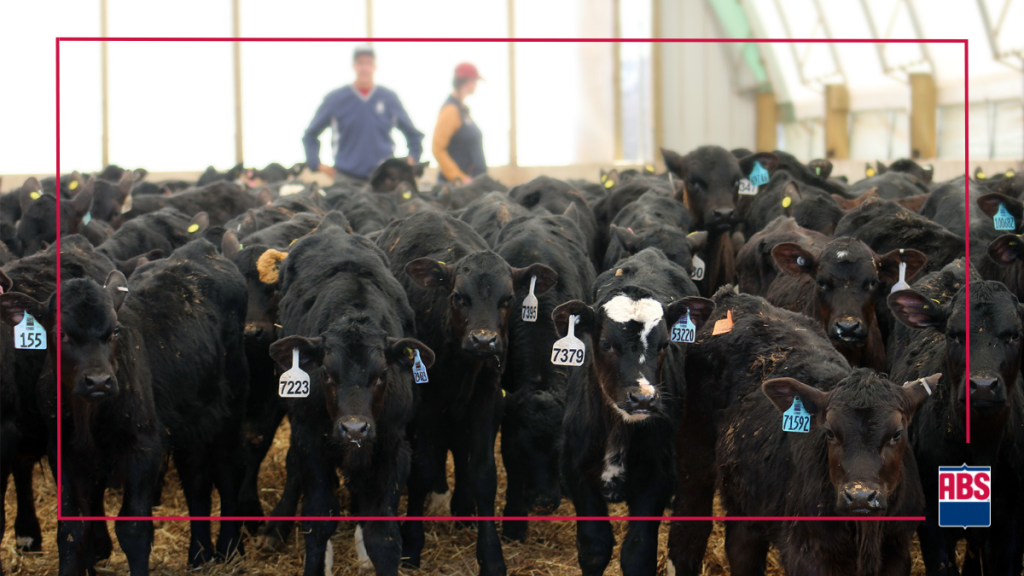April 24, 2023
The beef supply chain is no exception to the rule when it comes to differentiating the product you produce. In fact, product differentiation may be more important for beef producers than some may realize. Beef producers, regardless of operation type, are producing one product: red meat. However, product differentiation and quality can yield more dollar signs on sale day.
The Common Genetic Management Strategy
For dairy producers specifically, the need to differentiate has never been greater. The beef supply chain sees more beef cross calves entering their systems. This is largely in part due to the dairy industry’s shift to using a sexed and beef genetic strategy. Today, dairy producers are increasing the selection intensity on the genetics they are using in their herd with some ranking their herd’s genetics via their own Custom Index designed specifically for the needs of their operation.
A Custom Index allows you to select the traits important to your operation and weight them appropriately, rather than letting the industry decide what’s important to you. With a sexed and beef strategy, dairy producers can create the right number of females while using beef sires on the lower genetic quality females to maximize profitability with beef cross calves.
While this is a sound genetic strategy, it has caused a surge in the number of beef crosses created with that number only predicted to increase. The beef supply chain is no longer accepting generic beef on dairy calves where a producer just used whatever cheap beef sire was in the tank. They’ve figured out that it does not work. The expectation of dairies using superior genetics, proper management, and excellent calf care has been set. A dairy that adheres to that mindset will be set up for success in maximizing returns.
Increase Market Access for Your Beef Cross Calves
In more recent years, the beef supply chain has honed in on traceability and digital verification on beef cross calves as consumers at the end of the chain continue to ask the questions of animal welfare and where their food comes from. Because of how beef cross calves are raised, dairy producers have a real advantage to gain market access by adopting traceability and verification procedures. The beef supply chain has realized that.
Three Reasons Dairies Should Care about Traceable Beef Cross Calves
- Increase your market access: The beef market has increased demand for consistent and predictable animals with high-quality genetics. Traceability is your key to ensuring you have a market for your calves.
- Build your brand reputation: Validating the quality of the beef cross calves you create builds buyers’ trust. Verification of exceptional genetics, calf care practices and animal health only strengthens your reputation in the beef supply chain.
- Avoid dairy discounts: The name of the game in the beef supply chain is avoiding discounts. Traceability increases your chance to obtain maximum value for your calves and is the ticket to being considered an elite beef cross versus a generic beef-on-dairy calf.
Traceability increases the information the beef supply chain has on beef crosses, allowing stakeholder in the chain to better predict their performance in their system.
Using beef sires in dairies is not a new strategy, but there is still quite a bit of variation in the beef cross calves created. Thus, processors are using traceability to separate quality beef cross cattle from generic due to the variation in the population. Every feedyard is competing for processor space, so feedyards use traceability to identify value-added cattle with verified genetics and performance. The beef supply chain wants cattle with predictable outcomes to minimize risk.
Learn more about traceability with beef cross calves by reading our article originally published in Progressive Dairy.






